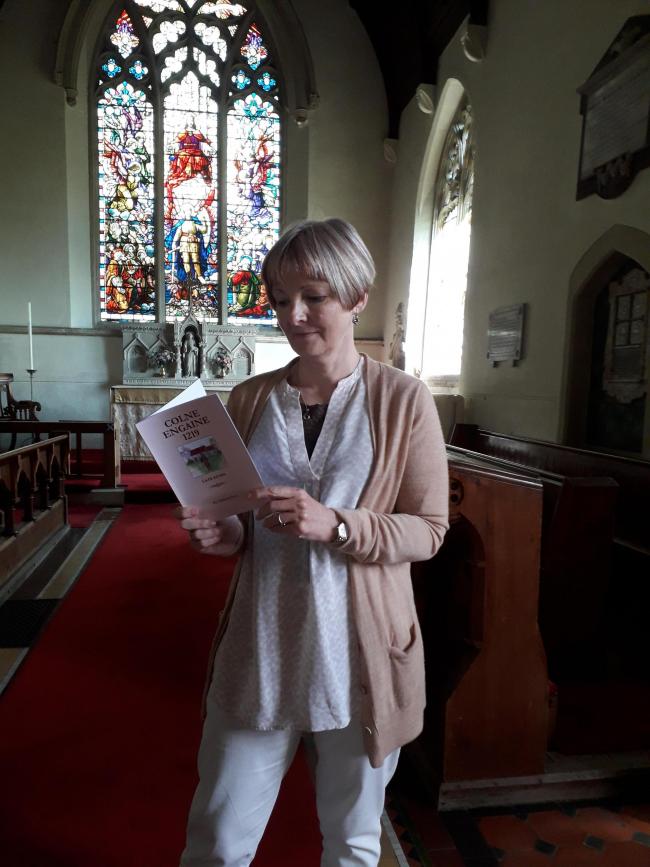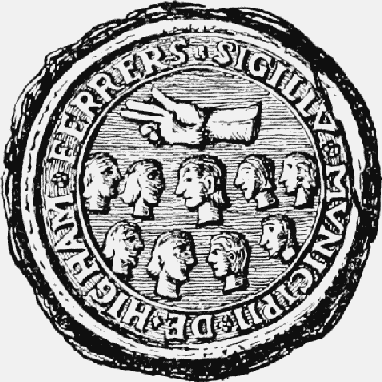A Guide to Medieval Spalding
Produced by Spalding and District U3A in conjunction with Spalding Gentlemen’s Society and Ayscoughfee Hall.
A spokesman for the U3A said: “Covering the period 1050 to 1550, the guide is an extremely approachable overview of numerous facets of life in and around the town during this time.
“Everyday life came to be dominated by the Priory and its great wealth, later the devastating effect of The Black Death, the medicinal use of herbs and spices, how people lived their lives on a daily basis. There is an imagined Sunday morning walk through the then town on the way to church…and much more besides.
“The text is amply illustrated with period prints, maps and drawings as well as more recent photographs. “It’s not a book to be read cover to cover at a single sitting but one to savour and dip into section by section at leisure.
Budbury from Hillfort to Houses
The booklet has been written by local historian Pamela Slocombe and Roy Canham, who have focused on the finds from archaeological excavations in the area.
Two studies of Budbury have been produced this year. Bradford-on-Avon Museum Research Group has brought together the results of various excavations and chance finds which have been published in volume 112 of the Wiltshire Archaeological and Natural History Magazine. In March, the museum also published the booklet by Mrs Slocombe and Mr Canham on the colourful history of the Budbury manor area to the present day.
The Little History of Coventry
Publisher The History Press says the book packs centuries of history into its pages, telling the story of a city often ignored by mainstream historians, despite being at the heart of some of the UK’s landmark moments. Peter Walters – who has written two books on the city already – will explore the events and characters that have shaped its rise.
A History of Christianity in Newbridge-Essays on Sacred Places in St Conleth’s Parish
Local historian Paul Cooke generously dedicated his second book to the memory of his late school friend at its launch in Newbridge recently. The book was written to commemorate the 1,500th anniversary of St Conleth’s death, when he was devoured by wolves on a pilgrimage to Rome.




